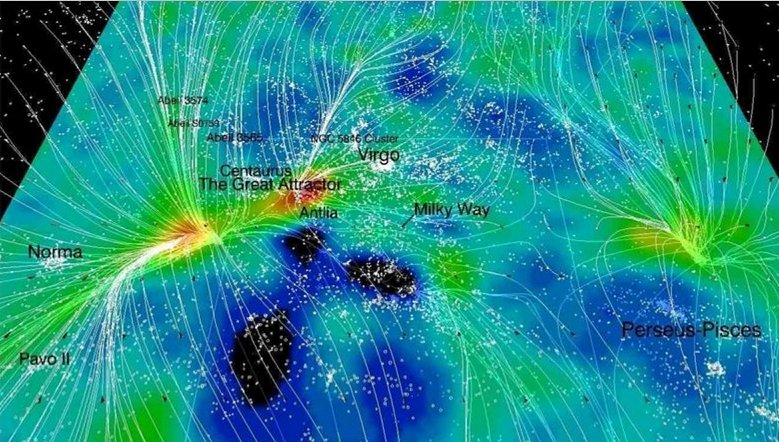

Australian astronomers have spotted roughly a thousand new star systems previously concealed from Earth by the gas and dust of our own galaxy, the Milky Way. The discovery was possible due to a powerful radio telescope currently being used to examine poorly studied cosmological phenomena.
Some 883 galaxies, of which a third are new to astronomy, have been detected behind our galaxy. They were spotted at a distance of about 250 million light years from Earth by an Australian 64-meter radio telescope previously used in moon landing missions.
The radio telescope at the Parkes Observatory can peer through the thick clouds of cosmic gas and dust, and allowed astronomers to scrutinize areas of space not visible to optical telescopes.
“The Milky Way is very beautiful, of course, and it’s very interesting to study our own galaxy, but it completely blocks out the view of the more distant galaxies behind it,” Lister Staveley-Smith, director of science with the International Centre for Radio Astronomy Research (ICRAR), said in a statement.
“An average galaxy contains 100 billion stars, so finding hundreds of new galaxies hidden behind the Milky Way points to a lot of mass we didn’t know about until now,” Discovery reported, citing Renée Kraan-Korteweg of the University of Cape Town, a study participant.
With the Parkes Observatory, astronomers will study and hopefully explain a phenomenon called the Great Attractor.
”We don’t actually understand what’s causing this gravitational acceleration on the Milky Way or where it’s coming from,” Staveley-Smith said in a statement.The team intends to initiate a more precise survey of the Great Attractor. In the next phase, they will use the newest heavy hitter in radio astronomy, the Australian Square Kilometre Array Pathfinder radio observatory, Smithsonian.com noted.
ATTENTION READERS
We See The World From All Sides and Want YOU To Be Fully InformedIn fact, intentional disinformation is a disgraceful scourge in media today. So to assuage any possible errant incorrect information posted herein, we strongly encourage you to seek corroboration from other non-VT sources before forming an educated opinion.
About VT - Policies & Disclosures - Comment Policy




Comments are closed.